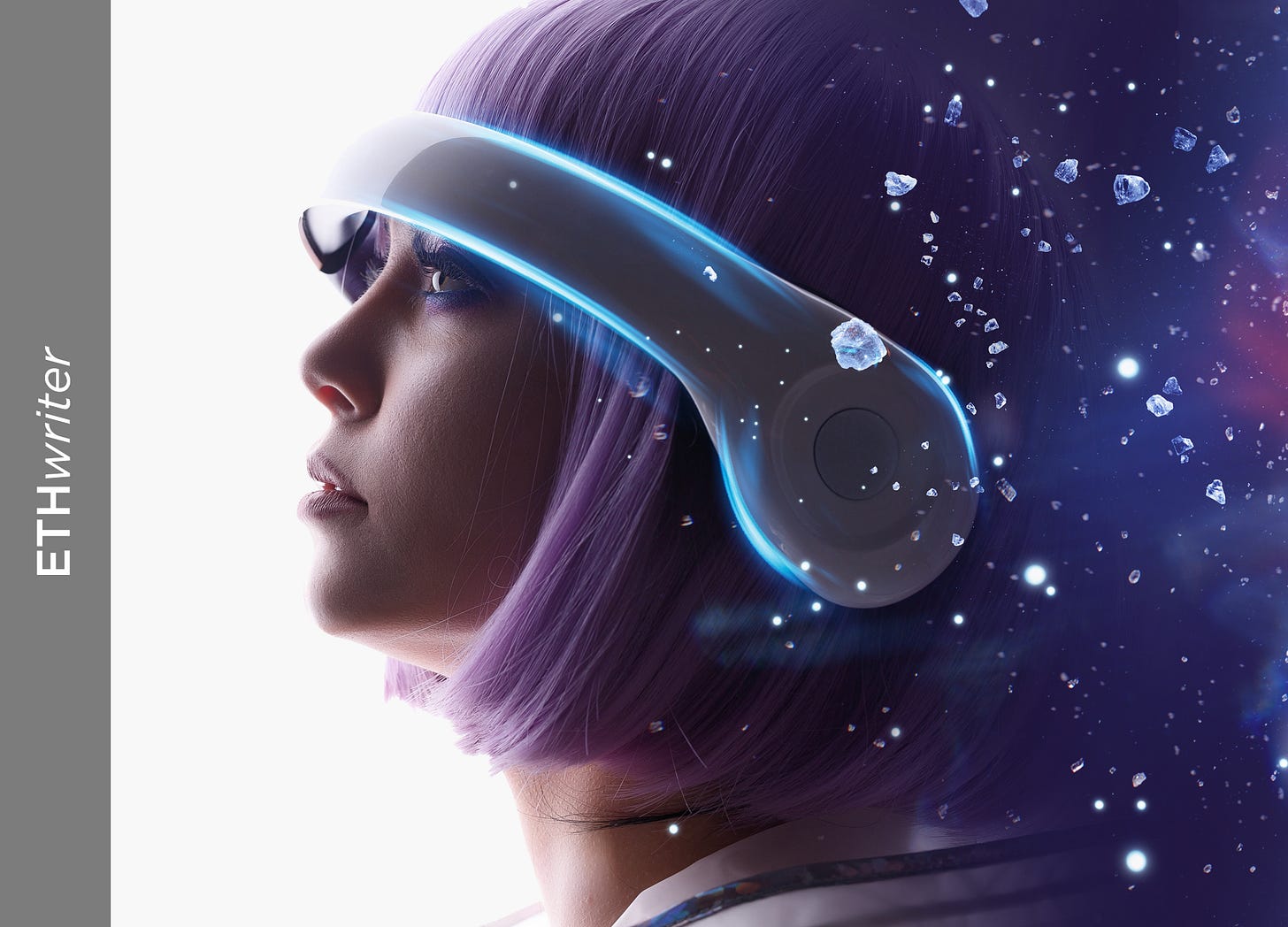At the present we can see dozens of blockchain use-cases concerning both fashion and video game industries, nonetheless there are still few initiatives combining all parties concerned in a joint way, bringing a work environment for two seemingly different worlds - designers, artists and fashion brands - with game developers and video game companies.
Certainly, most modern PC games and game consoles, especially with online mode, are incorporating digital clothing, skins and other additional props, allowing players the chance to look more eye-catching and fully customised by playing their favourite video games. However, by not incorporating blockchain technology entails a bunch of restrictions, as it excludes relevant scopes such as supply chain transparency, ID security, digital ownership or even item interoperability across multiple game titles.
Today we will delve deeper about which Ethereum features could potentially play a key role in order to move forward into a new way to distribute digital fashion both in the gaming ecosystem as well as in the fashion industry.
Ethereum supports multiple standards in order to create new tokens, ERC (Ethereum Request for comment) is a technical document that defines a common list of rules to be implemented by Ethereum developers according to each specific purpose.
Concerning digital fashion and video games we will focus on ERC-721, ERC-1155 and ERC-998, bearing these standards in mind, we can start to weigh up pros and cons of involving Ethereum within the digital fashion ecosystem.
ERC-721 defines the standard which should be applied in a smart contract when a token is classified as non-fungible (NFT), thus representing unique and non-duplicable tokens.
By extrapolating to the fashion world, each digital garment could have a unique ID, including data regarding designers, garment owners and supply chain traceability.
On the other hand, ERC-155 standard leaps forward into flexibility and cost-efficiency, by storing data sources on a single smart contract, with the aim of building both fungible and non-fungible tokens, including the chance to send multiple tokens simultaneously or exchanging tokens by atomic swaps.
In this way, it allows instant digital clothing exchanges, as well as multi-piece swaps, so just as in real life with clothing shipments, it is also possible to reduce fees by purchasing multiple items in a single transaction within the Ethereum network.
In addition, ERC-998 is less visible than the previous standards but is being considered by several industries, as it allows ERC-998 tokens to own another ERC-721 and ERC-20 tokens via contracts and composable tokens operating as single-owner address.
Background
The Carlings case is a recent example demonstrating the huge acceptance of the general public concerning digital clothing purchases, despite not using blockchain technology or being compatible with games, it is really noteworthy, as the brand succeeded on selling out its whole digital collection in a few hours, comprised of Instagram filter-based digital designs, reaching some flashy sales such as a wedding dress acquired for almost $10,000.
Campaign was initially launched as a short-term initiative in order to highlight the current clothing waste, so funds were donated to a charitable purpose, an NGO responsible for providing clean water to disadvantaged communities. After the windfall, Carlings has spotted a highly lucrative business model and is now moving to include digital fashion items into a new section of the website.
On the other hand, DigitalAx is maybe the only company running an Ethereum infrastructure that makes it possible to create and exchange digital garments seamlessly and safely, including artist-made clothing libraries using designs and patterns accessible through auctions.
Among the most ambitious plans include the ability to add all these digital garments into existing games running on Ethereum network, and we'll soon dig into some interesting ideas that DigitalAx is already developing, like improvements on fractional garment ownership and content contribution optimisation within the blockchain-based fashion and VR design scene.
Learn how to earn…
Become part of our community.
Follow our socials.
Subscribe to our podcast.
Subscribe to this publication.
It’s free (for now)






